Home>Furniture & Design>Kitchen Furniture>How To Keep Bar Stools From Tipping Over
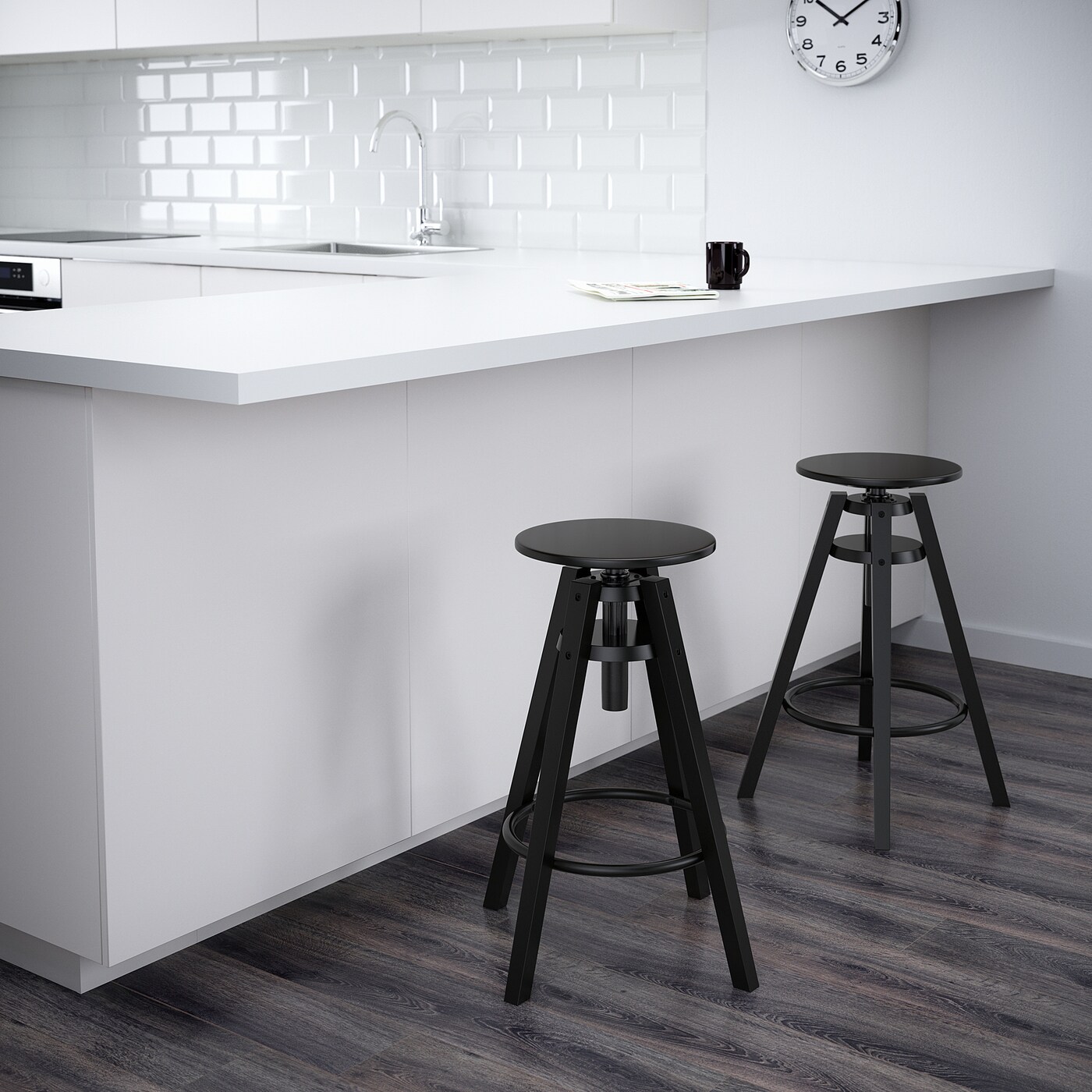

Kitchen Furniture
How To Keep Bar Stools From Tipping Over
Published: January 8, 2024
Learn how to prevent bar stools from tipping over with these practical tips for securing your kitchen furniture. Keep your family safe and your kitchen stylish.
(Many of the links in this article redirect to a specific reviewed product. Your purchase of these products through affiliate links helps to generate commission for Storables.com, at no extra cost. Learn more)
Introduction
Welcome to the world of kitchen furniture design, where every element plays a crucial role in enhancing both the functionality and aesthetics of the space. Bar stools are not only a practical seating solution for kitchen islands or home bars, but they also contribute significantly to the overall ambiance and design of the area. However, one common concern that arises with bar stools is the risk of tipping over, which can lead to accidents and damage. In this comprehensive guide, we will explore various strategies to prevent bar stools from tipping over, ensuring a safe and enjoyable experience for everyone.
Whether you are a homeowner, interior designer, or furniture enthusiast, understanding the causes of bar stool tipping and learning how to mitigate this risk is essential for creating a secure and inviting kitchen environment. From selecting the right bar stools to implementing stability features and proper maintenance practices, we will delve into the intricacies of safeguarding against tipping incidents. So, let's embark on this enlightening journey to discover the art of maintaining stability and safety in the realm of bar stool design.
Key Takeaways:
- Choose bar stools with sturdy construction, wide bases, and stability-enhancing features to prevent tipping incidents and create a safe and inviting kitchen or bar area.
- Regular maintenance, proper placement, and stability accessories are essential for ensuring bar stools remain resilient against tipping, promoting long-term comfort and safety.
Read more: How Much Overhang For Bar Stools
Understanding the Causes of Bar Stool Tipping
Before delving into the preventive measures, it’s crucial to comprehend the factors that contribute to bar stool tipping. By identifying these causes, you can proactively address potential risks and implement effective solutions. One of the primary reasons for tipping is an imbalance in weight distribution. If a bar stool is top-heavy or if the weight is unevenly distributed, it becomes susceptible to tipping over, especially when someone leans back or shifts their position abruptly.
Another common cause is instability due to uneven flooring or surface. A wobbly or uneven floor can disrupt the stability of bar stools, making them prone to tipping. Additionally, bar stools with a narrow or inadequate base may lack the necessary support to withstand sudden movements or shifts in weight, increasing the likelihood of tipping incidents.
Furthermore, the design and construction of the bar stool play a significant role in its stability. Low-quality materials, subpar craftsmanship, or structural weaknesses can compromise the overall stability of the stool, making it less resistant to tipping. Moreover, the absence of stabilizing features, such as footrests or anti-tip glides, can further exacerbate the risk of tipping.
Understanding these causes empowers homeowners, designers, and furniture enthusiasts to make informed decisions when selecting, placing, and maintaining bar stools. By addressing these underlying factors, it’s possible to create a safer and more secure seating environment, mitigating the potential hazards associated with bar stool tipping.
Choosing the Right Bar Stools
When it comes to preventing bar stool tipping, selecting the appropriate bar stools is the foundational step in ensuring stability and safety. There are several key considerations to keep in mind when choosing bar stools to minimize the risk of tipping incidents.
Sturdy Construction: Opt for bar stools constructed from high-quality materials, such as hardwood, metal, or durable plastics. These materials provide the necessary strength and stability to withstand regular use and minimize the risk of tipping.
Wide and Stable Base: Look for bar stools with a broad and stable base. A wider base distributes weight more effectively and reduces the likelihood of tipping, especially when occupants shift their position or lean back.
Proper Height and Size: Ensure that the height of the bar stools is compatible with the counter or bar they will be placed against. Ill-fitting bar stools can lead to instability and tipping. Additionally, consider the size and dimensions of the seat to accommodate comfortable and secure seating.
Back Support and Footrests: Bar stools with backrests provide added support and reduce the risk of tipping when occupants lean back. Additionally, footrests contribute to stability by allowing occupants to rest their feet comfortably, minimizing sudden movements that could lead to tipping.
Anti-Tip Features: Some bar stools come with built-in anti-tip glides or mechanisms designed to enhance stability and prevent tipping. These features can significantly reduce the risk of accidents, especially in households with children or pets.
By carefully considering these factors and prioritizing stability and safety in the selection process, homeowners and designers can choose bar stools that are inherently resistant to tipping, laying a solid foundation for a secure and inviting kitchen or bar area.
Ensuring Proper Placement
Once the ideal bar stools have been selected, their placement within the kitchen or bar area is pivotal in minimizing the risk of tipping. Proper placement not only enhances the overall aesthetics of the space but also contributes to the stability and safety of the seating arrangement.
Even Flooring: Ensure that the floor surface where the bar stools will be placed is level and even. Uneven flooring can compromise the stability of the stools, increasing the likelihood of tipping. If necessary, address any flooring issues before positioning the bar stools.
Ample Space: Allow sufficient space between each bar stool and surrounding furniture or walls to facilitate ease of movement. Crowded or cramped spaces can lead to accidental collisions and tipping incidents, particularly in high-traffic areas.
Secure Positioning: Position the bar stools in a way that minimizes the risk of accidental tipping. Avoid placing them in high-traffic pathways or near potential obstructions. Additionally, ensure that the stools are not positioned too close to the edge of the counter or bar, reducing the risk of occupants inadvertently tipping over.
Consider Occupant Behavior: Take into account the typical behavior of occupants and guests. If the bar area is frequently used for social gatherings or entertaining, anticipate potential movements and interactions to optimize the placement of the bar stools for enhanced stability.
Adapt to the Environment: Consider environmental factors such as air circulation, lighting, and potential sources of movement, such as doors or windows. Adapting the placement of bar stools to accommodate these factors can contribute to a more secure seating arrangement.
By meticulously attending to the placement of bar stools and considering the dynamics of the surrounding environment, homeowners and designers can create a secure and visually appealing seating arrangement that minimizes the risk of tipping incidents, fostering a safe and inviting atmosphere in the kitchen or bar area.
Ensure that the bar stool’s legs are level and stable on the floor. Avoid leaning back too far or sitting on the edge. Consider adding anti-tip devices or weight to the base for extra stability.
Adding Stability Features
Enhancing the stability of bar stools through the incorporation of specific features and accessories is an effective strategy to prevent tipping incidents. These stability-focused additions not only bolster the safety of the seating arrangement but also contribute to the overall comfort and functionality of the bar stools.
Floor Protectors: Consider adding floor protectors or glides to the base of the bar stools. These accessories not only safeguard the flooring from scratches and scuffs but also provide an added layer of stability, reducing the risk of wobbling and tipping.
Anti-Tip Braces: For bar stools with swivel or tilt mechanisms, anti-tip braces can be installed to reinforce the stability of the stools. These braces effectively limit excessive movement and prevent tipping, especially in high-traffic or dynamic environments.
Weight Distribution Enhancements: Explore options to enhance the weight distribution of the bar stools. This can include adding weighted elements to the base or seat of the stools to lower the center of gravity, thereby increasing stability and reducing the likelihood of tipping.
Stabilizing Bars or Crossbars: Consider bar stools with additional stabilizing bars or crossbars. These structural reinforcements provide increased support and prevent lateral movements, significantly reducing the risk of tipping, particularly in bar stools without backrests.
Customized Modifications: Depending on the specific design and construction of the bar stools, customized modifications can be implemented to address stability concerns. This may involve consulting with furniture experts or craftsmen to tailor stability features to the unique characteristics of the bar stools.
By integrating these stability features and accessories, homeowners and designers can proactively fortify the bar stools against tipping incidents, creating a secure and dependable seating solution that prioritizes safety without compromising on style and comfort.
Read more: How Much Space Is Needed For Bar Stools
Regular Maintenance and Inspection
Maintaining the stability and safety of bar stools goes beyond the initial selection and placement. Regular maintenance and thorough inspections are essential to ensure that the bar stools remain resilient against tipping incidents over time. By implementing a consistent maintenance routine and conducting meticulous inspections, potential issues can be identified and addressed proactively, preserving the integrity and stability of the seating arrangement.
Periodic Stability Checks: Schedule routine stability checks to assess the condition of the bar stools. This involves examining the base, joints, and overall structural integrity to identify any signs of instability or wear that could lead to tipping.
Hardware Tightening: Regularly inspect and tighten any loose hardware, such as screws, bolts, or fasteners. Over time, the constant use of bar stools can cause these components to loosen, compromising the stability of the stools and increasing the risk of tipping.
Surface Cleaning and Care: Keep the surfaces of the bar stools clean and free from debris that could affect stability. Additionally, for bar stools with swivel or tilt mechanisms, ensure that these components are clean and well-maintained to prevent excessive movement that may lead to tipping.
Reinforcement and Repairs: Promptly address any signs of wear, damage, or instability through appropriate reinforcement and repairs. This may involve reinforcing weak joints, replacing worn components, or seeking professional assistance for comprehensive repairs when necessary.
Environmental Considerations: Factor in environmental changes and seasonal adjustments that may impact the stability of the bar stools. For example, fluctuations in humidity or temperature can affect the materials and structural integrity of the stools, warranting additional maintenance and adjustments.
By incorporating regular maintenance and diligent inspections into the care regimen for bar stools, homeowners and designers can uphold the stability and safety of the seating arrangement, ensuring a durable and secure environment that minimizes the risk of tipping incidents and promotes long-term enjoyment and comfort.
Conclusion
As we conclude our exploration of preventing bar stools from tipping over, it becomes evident that safeguarding against tipping incidents involves a multifaceted approach that encompasses thoughtful selection, strategic placement, and ongoing maintenance. By understanding the causes of tipping and implementing proactive measures, homeowners, designers, and furniture enthusiasts can create a secure and inviting kitchen or bar area that prioritizes stability and safety without compromising on style and functionality.
From choosing bar stools with sturdy construction and stability-enhancing features to ensuring proper placement and adding specialized stability accessories, each step contributes to fortifying the bar stools against tipping incidents. Moreover, the commitment to regular maintenance and thorough inspections sustains the resilience and stability of the seating arrangement, fostering a long-lasting and dependable environment for occupants.
Ultimately, the art of preventing bar stools from tipping over transcends mere functionality; it embodies a harmonious blend of design, craftsmanship, and practicality. By integrating stability-focused considerations into the realm of kitchen furniture design, we not only mitigate potential hazards but also elevate the overall experience of inhabiting and enjoying these spaces.
As you embark on your journey of curating a secure and visually captivating kitchen or bar area, may the insights and strategies shared in this guide serve as a valuable companion, empowering you to create a space where stability, safety, and style converge seamlessly. Here’s to a future filled with secure, tip-free moments around the kitchen island or home bar, where the allure of design harmonizes with the assurance of stability.
Frequently Asked Questions about How To Keep Bar Stools From Tipping Over
Was this page helpful?
At Storables.com, we guarantee accurate and reliable information. Our content, validated by Expert Board Contributors, is crafted following stringent Editorial Policies. We're committed to providing you with well-researched, expert-backed insights for all your informational needs.
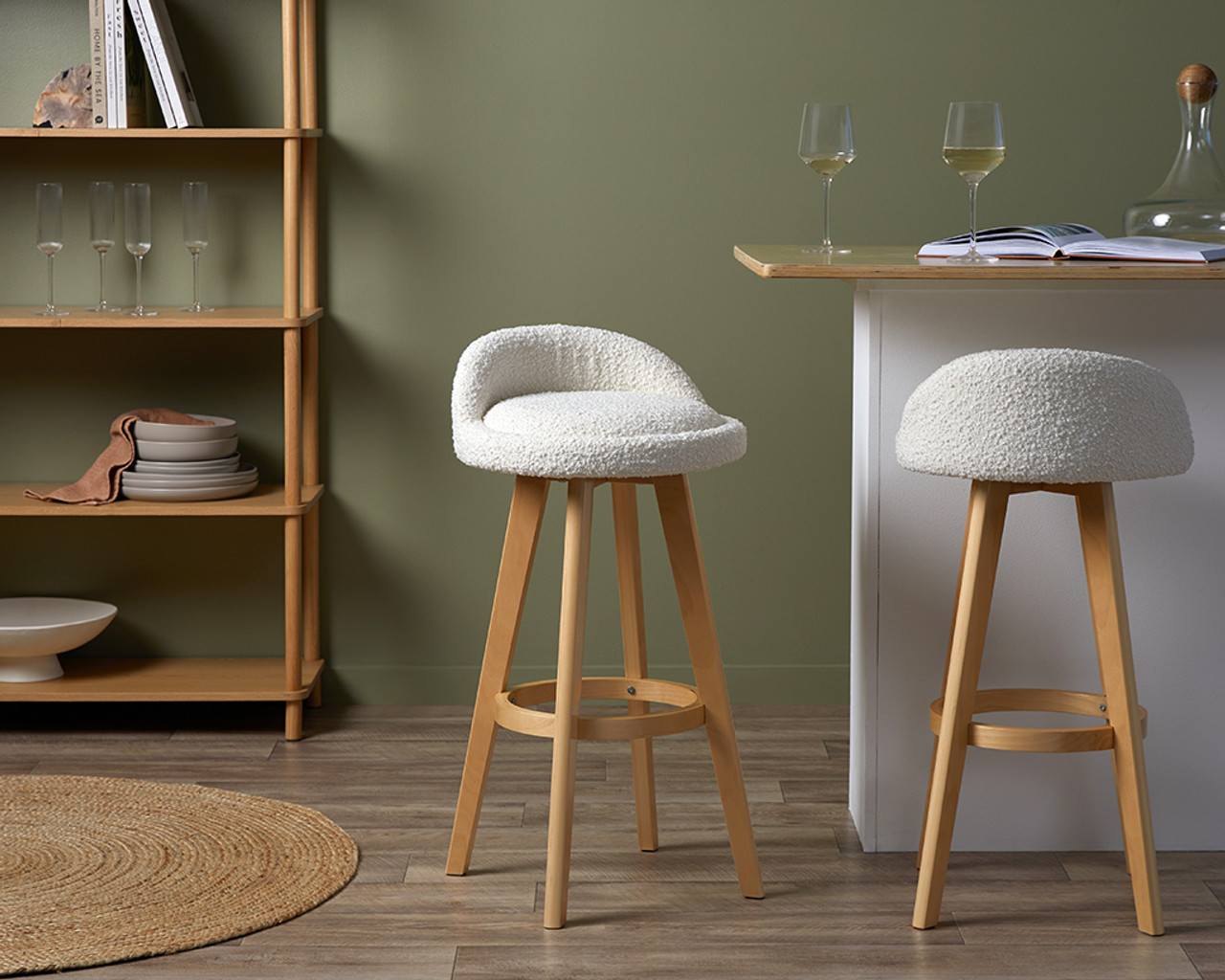
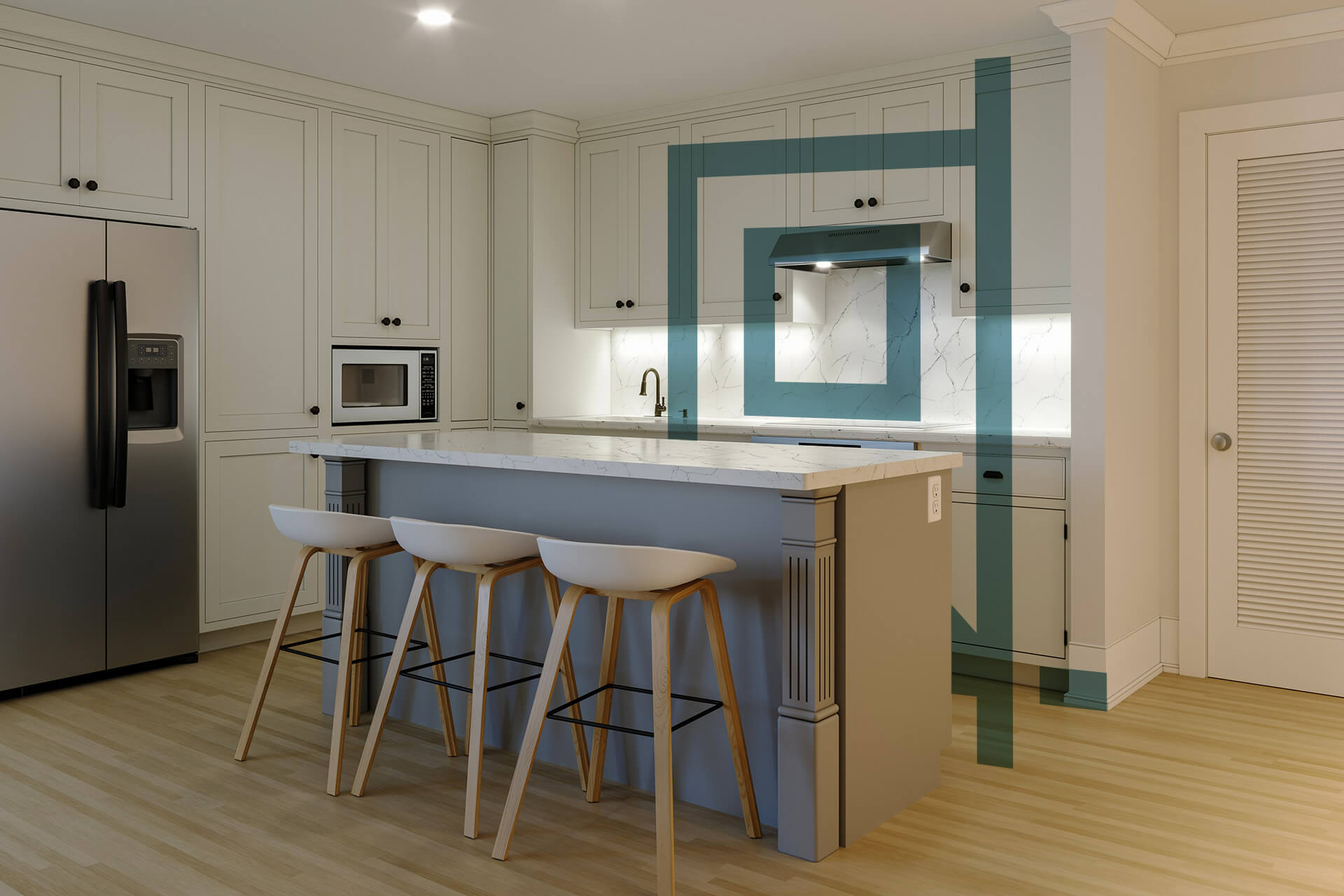
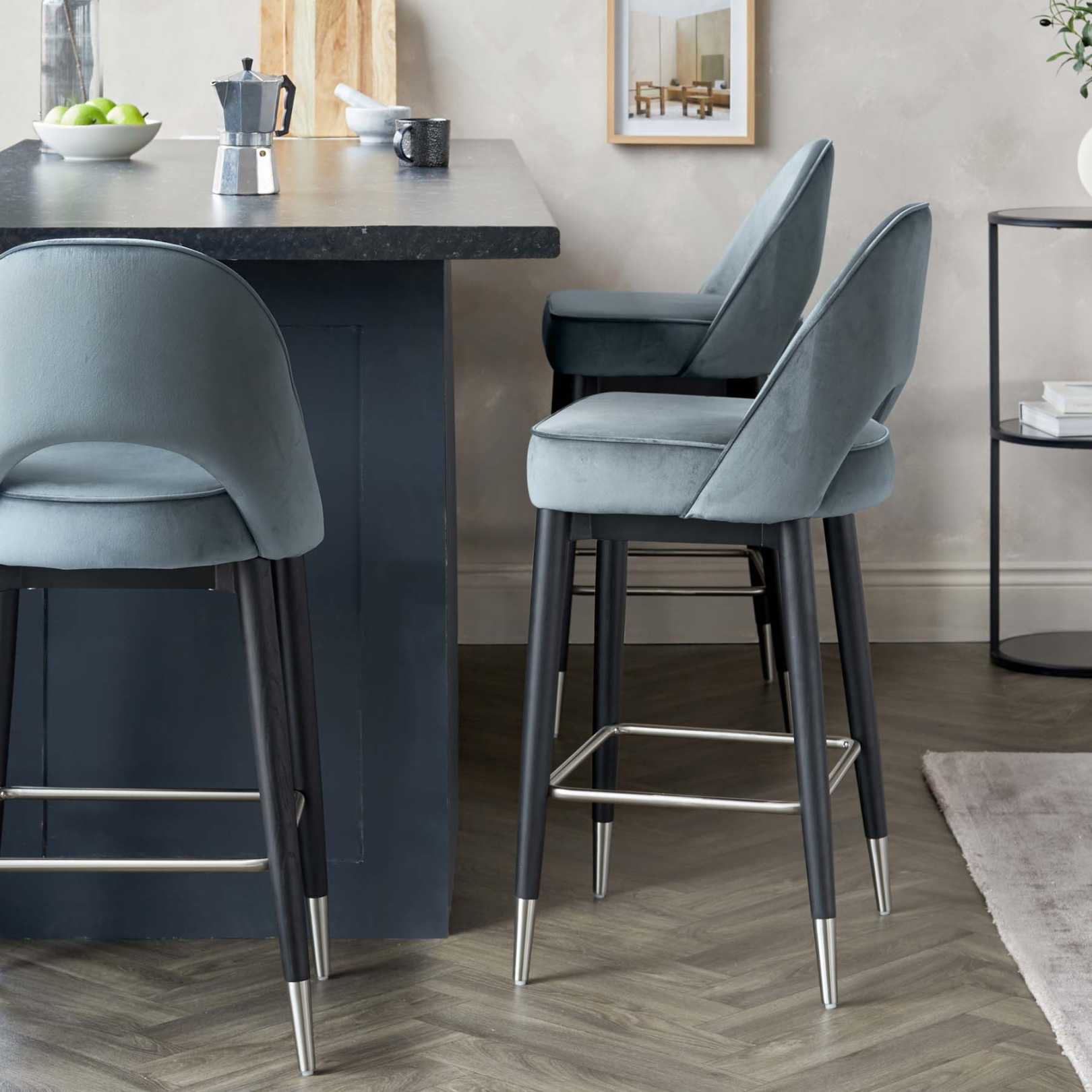
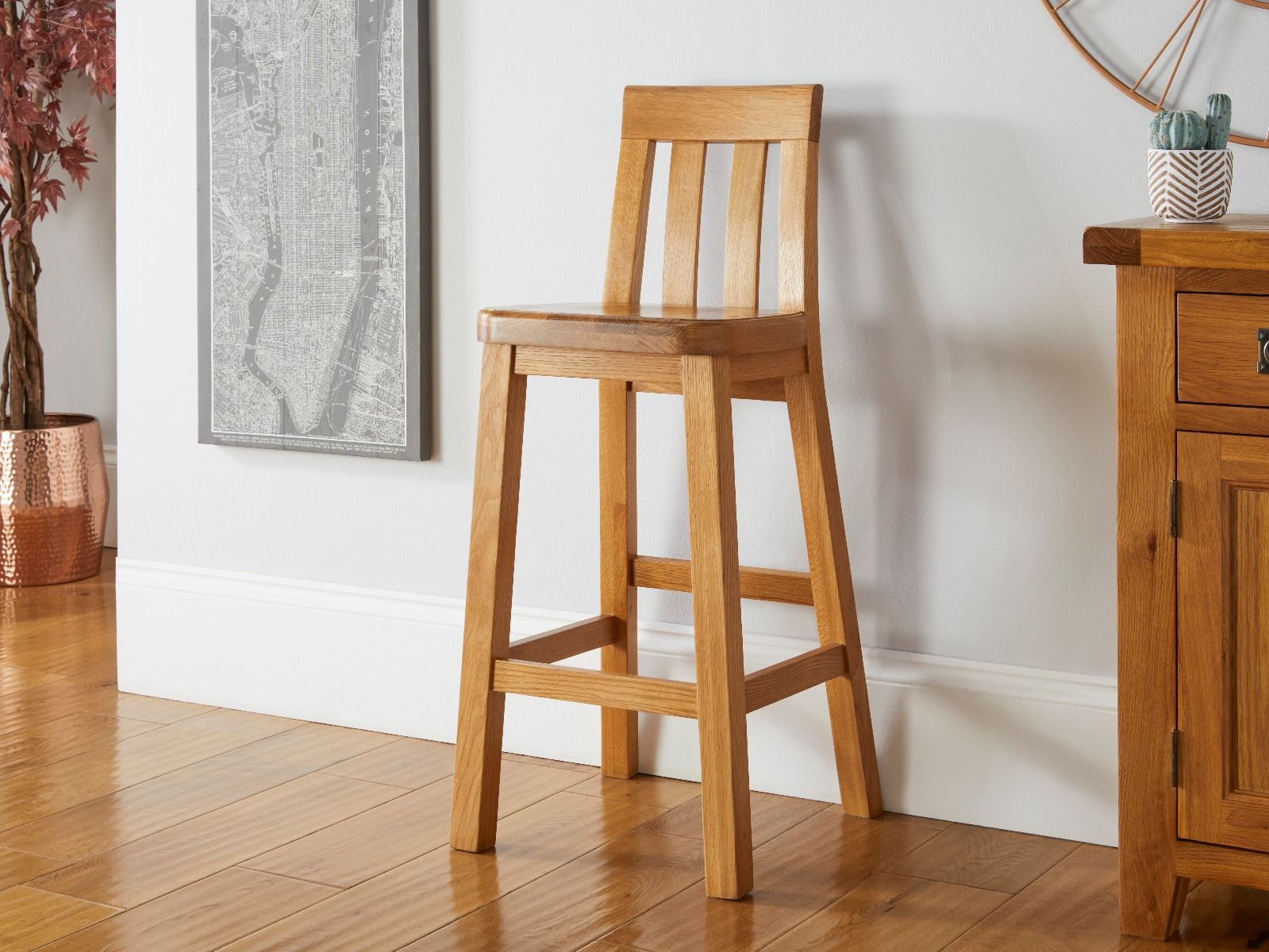
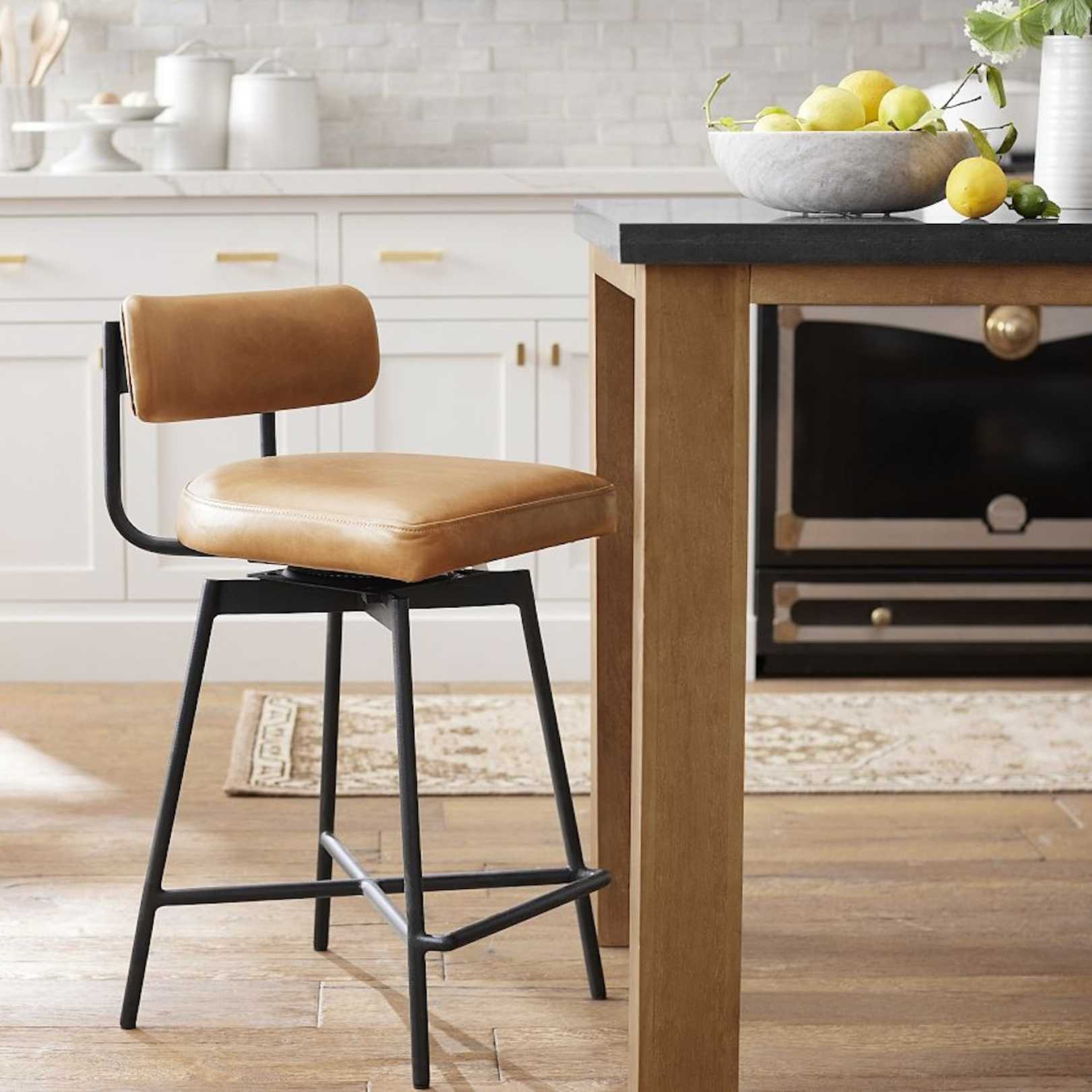
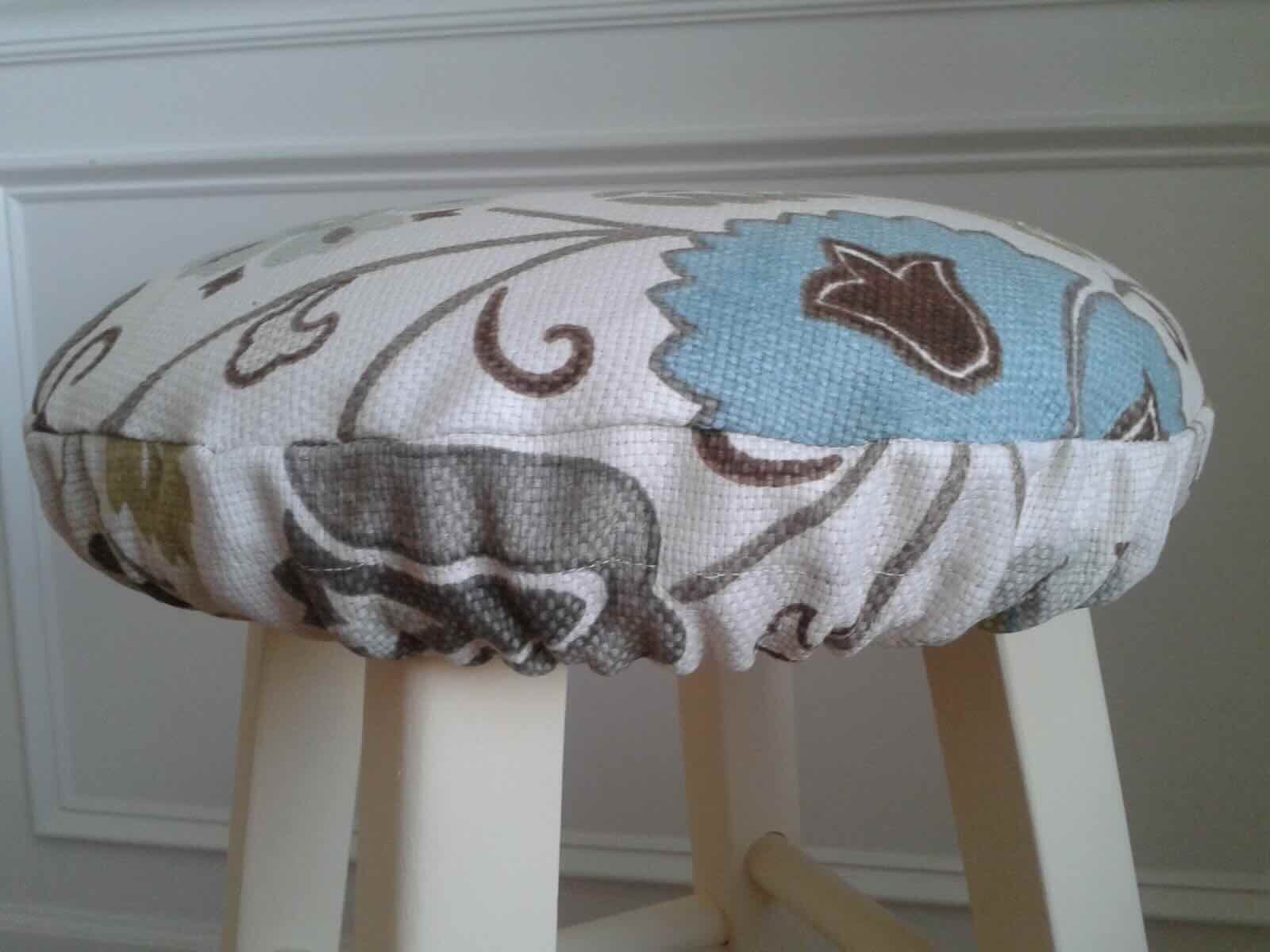
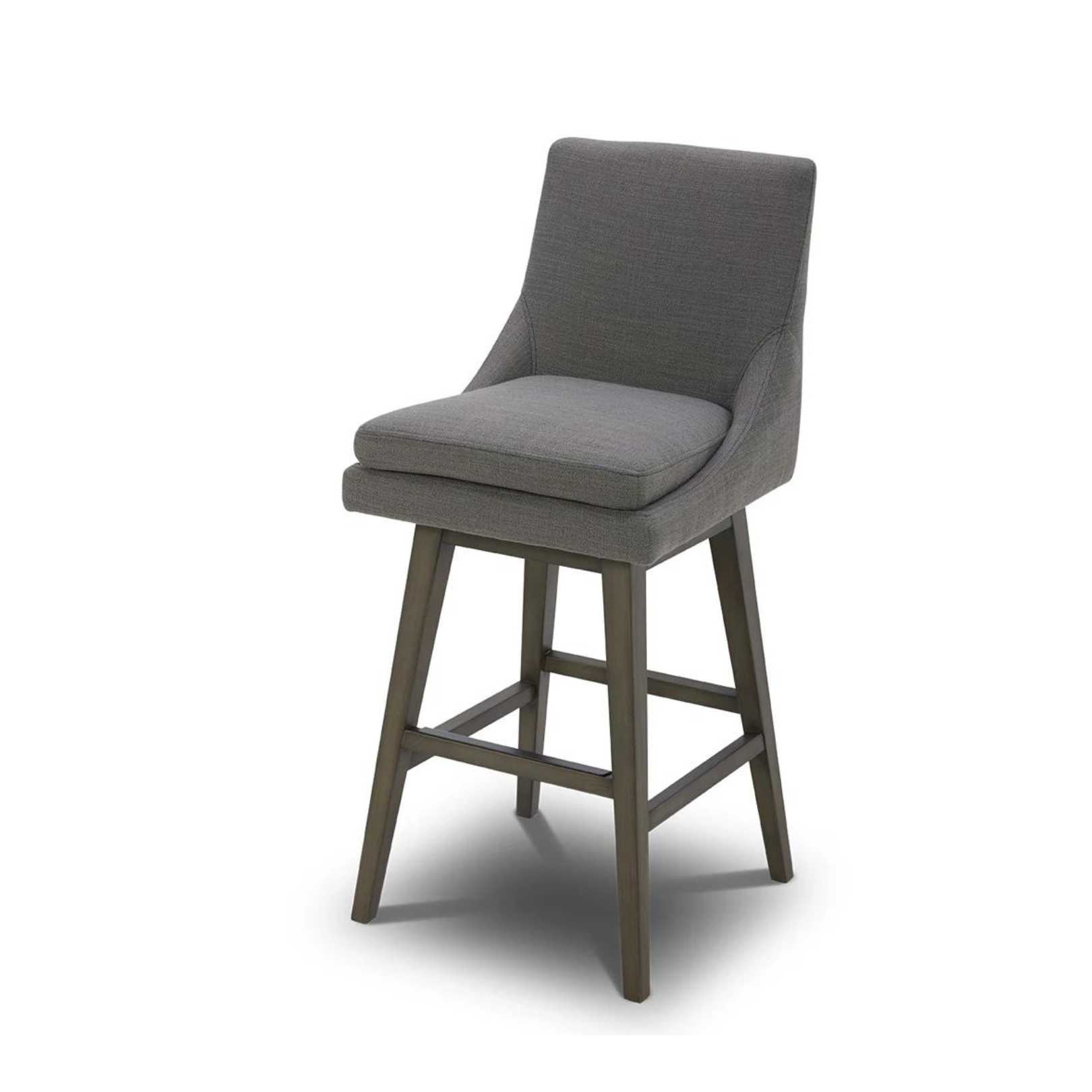
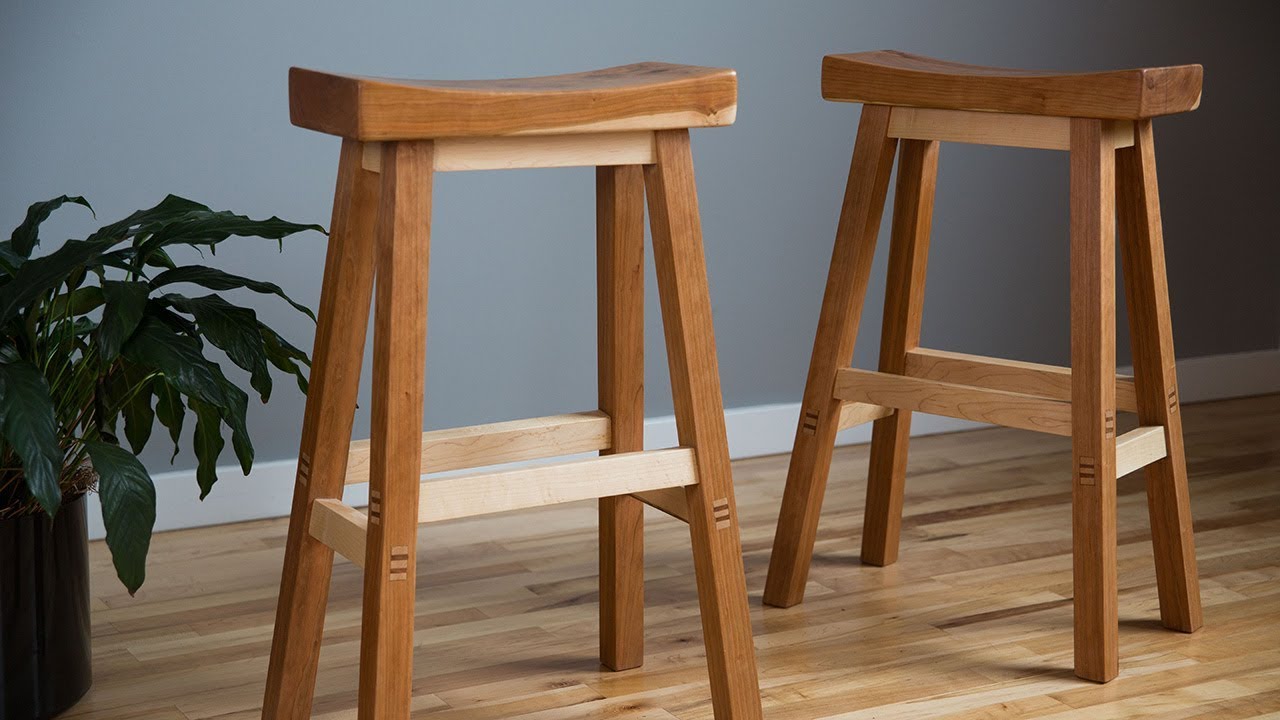
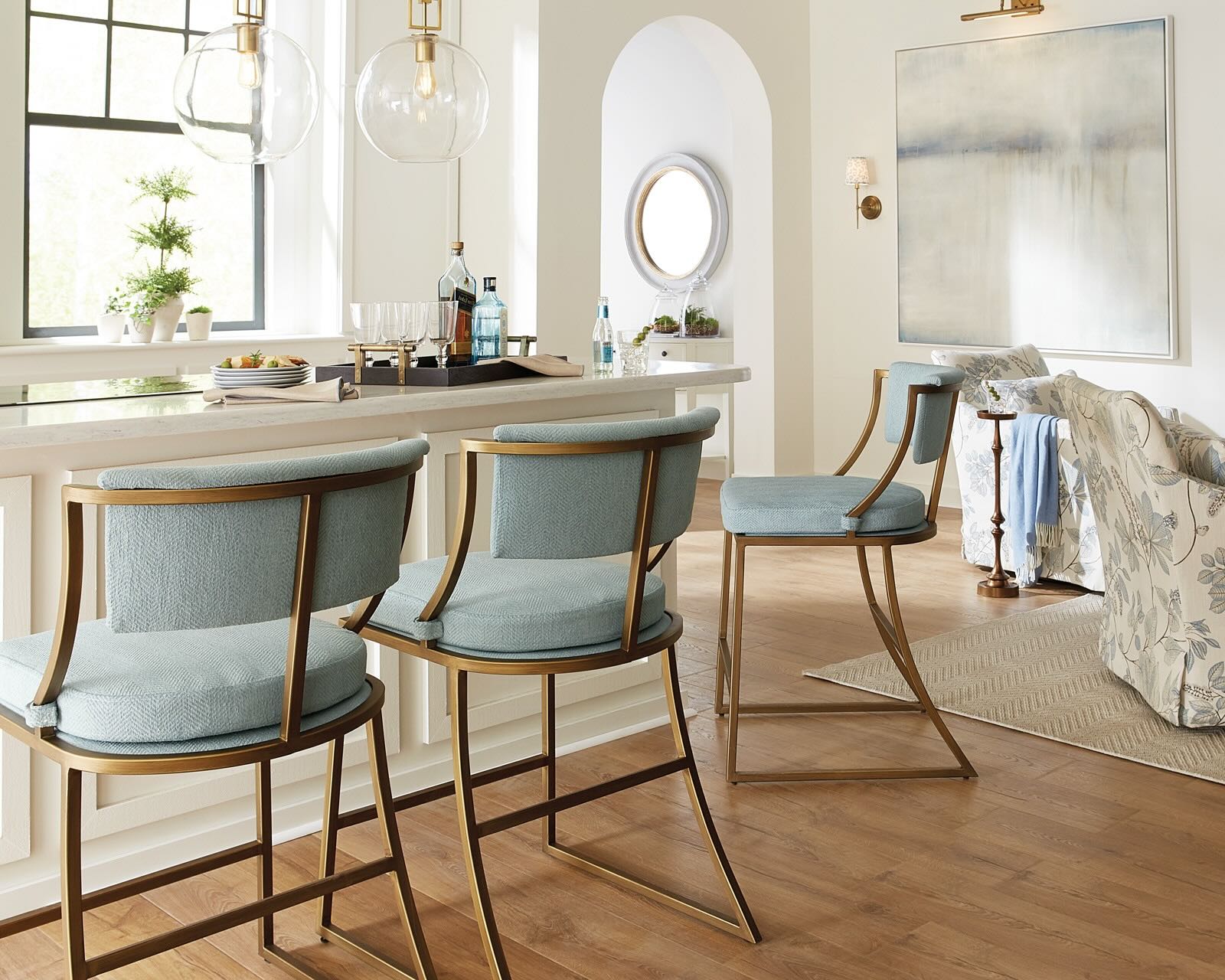
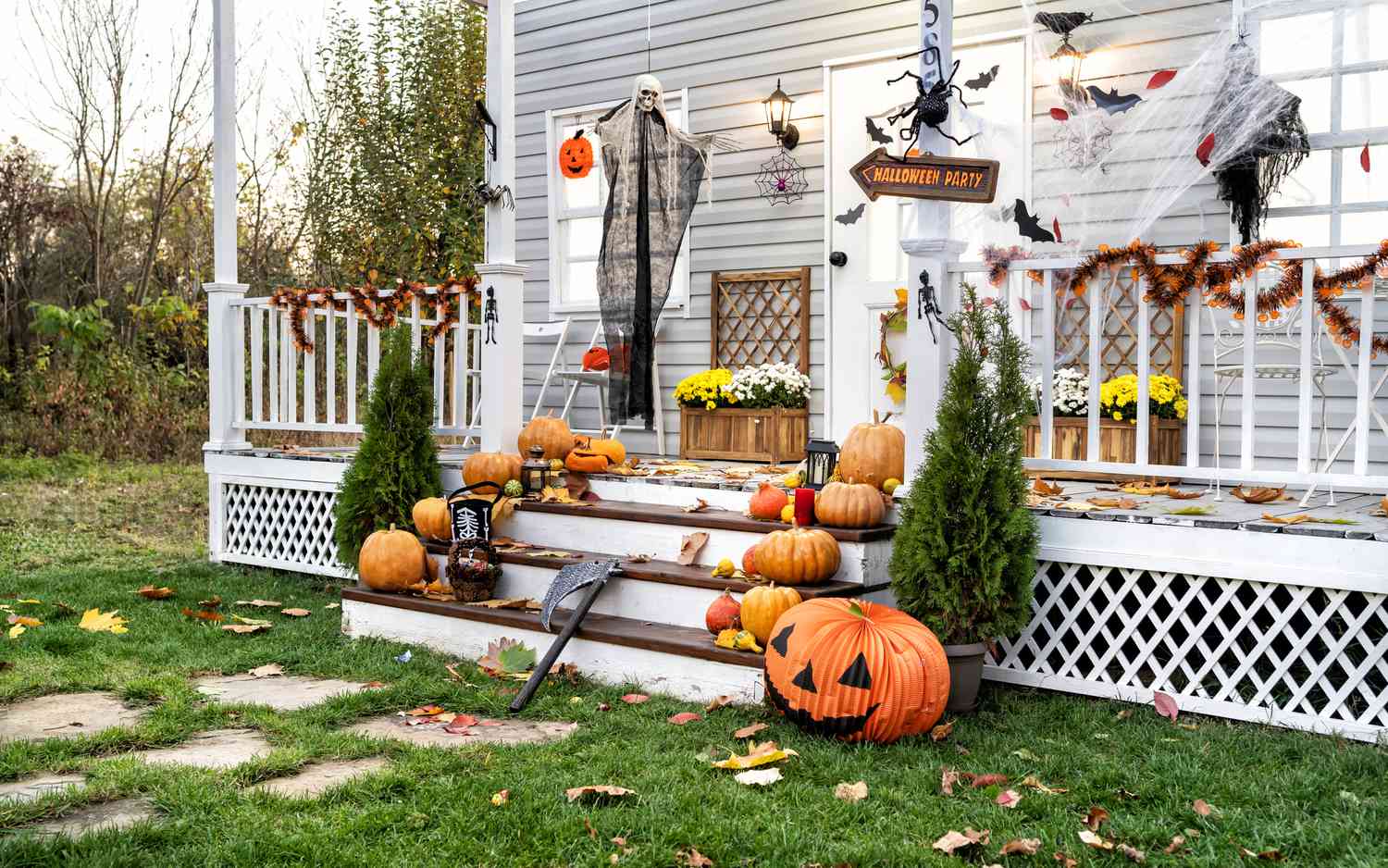
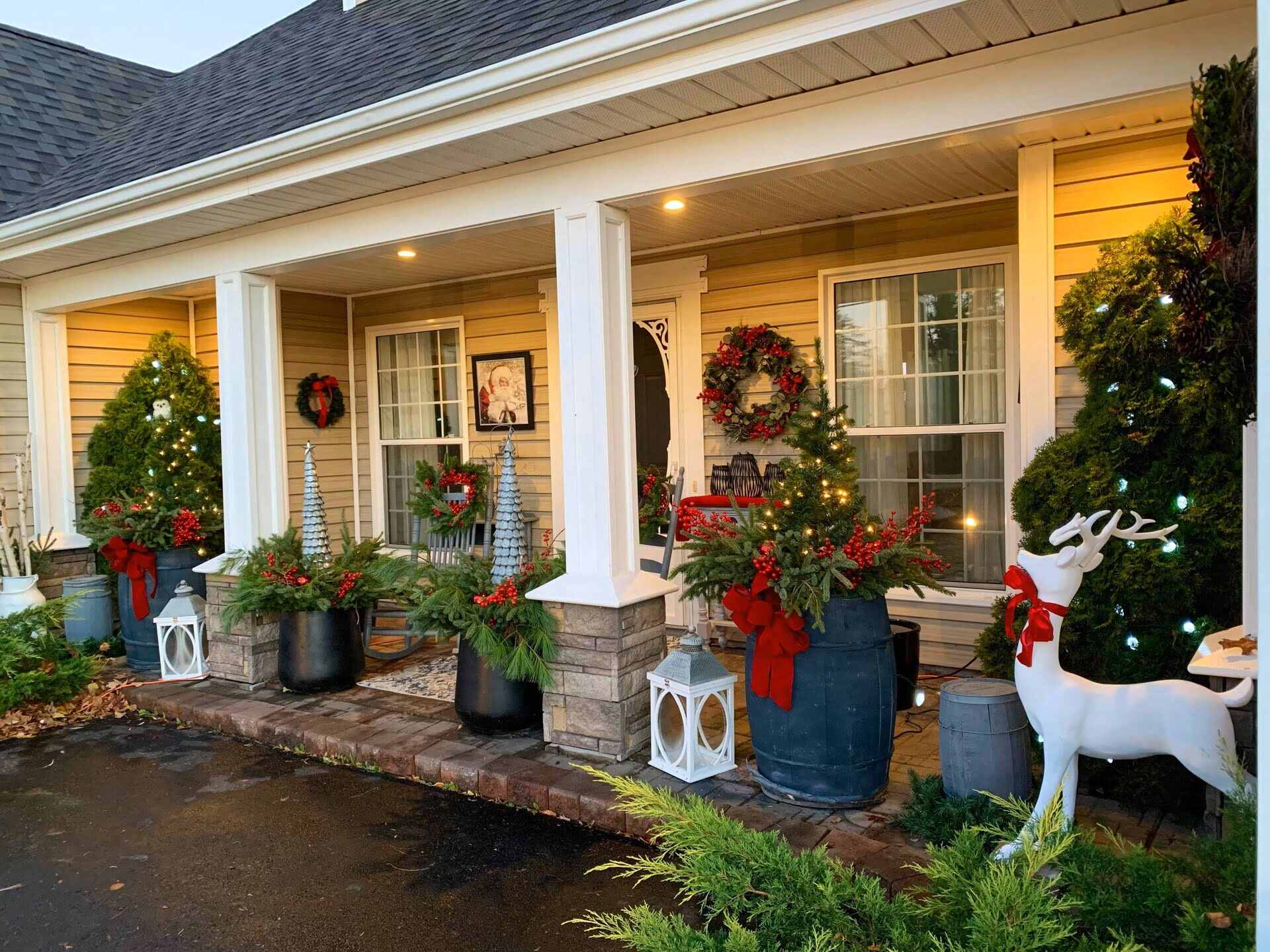
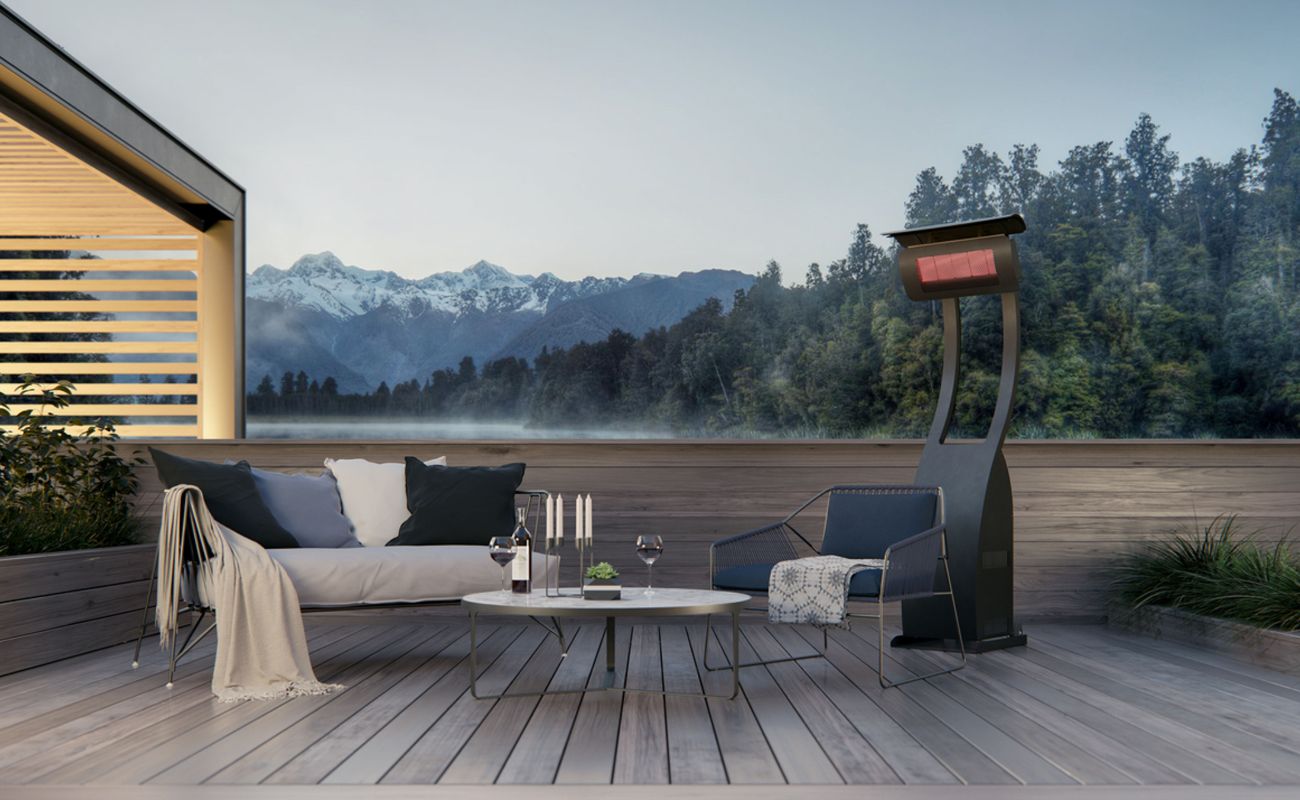
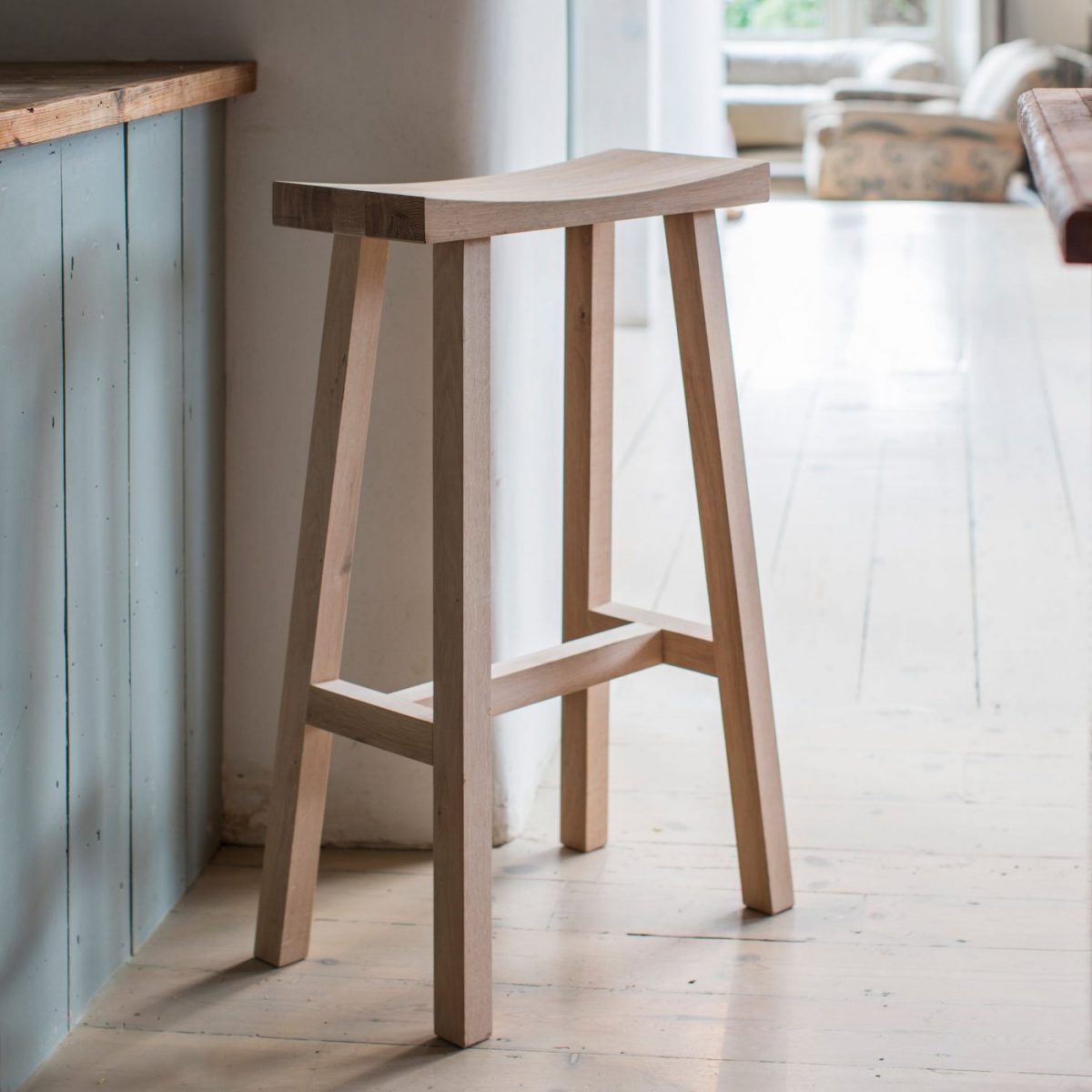
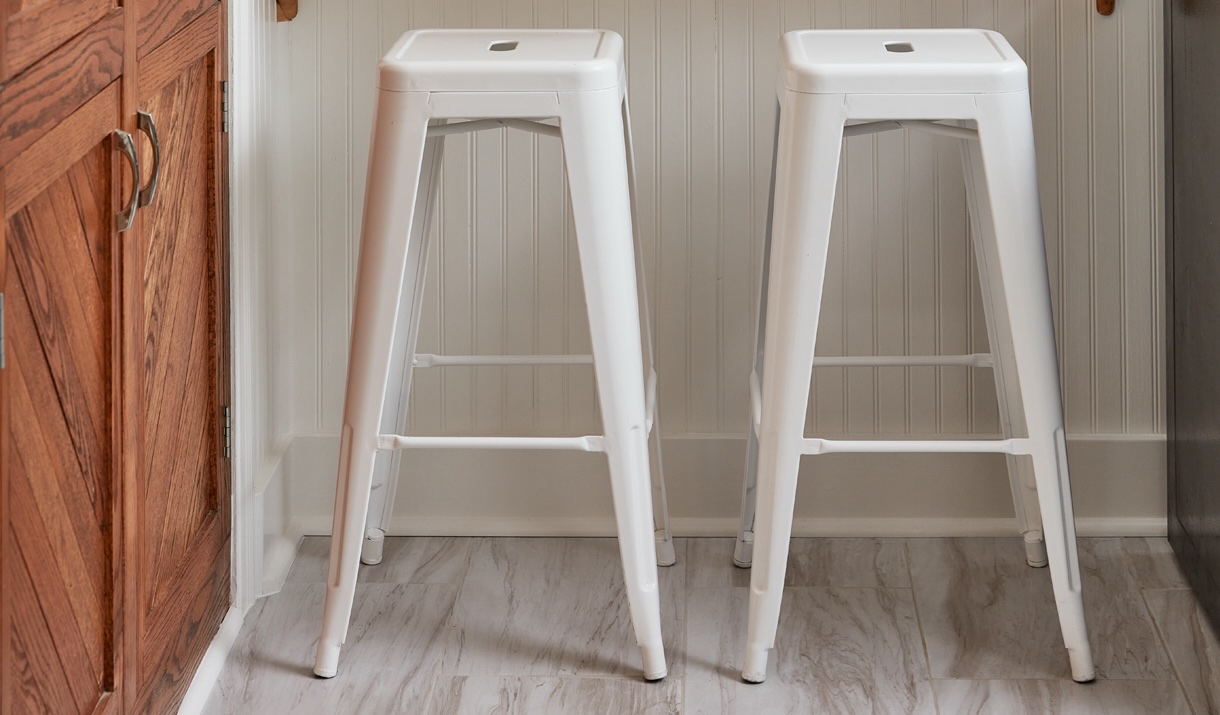

0 thoughts on “How To Keep Bar Stools From Tipping Over”